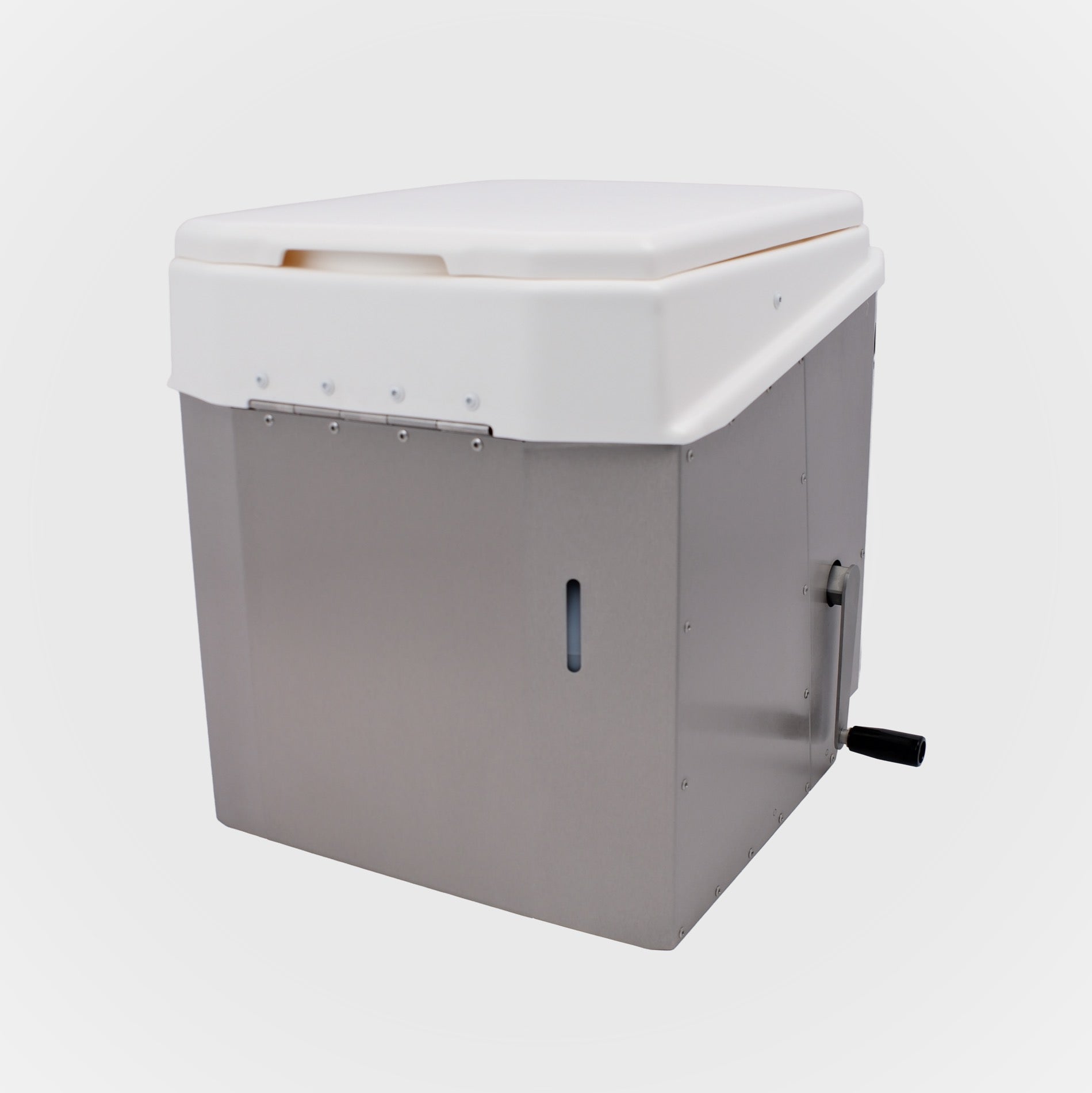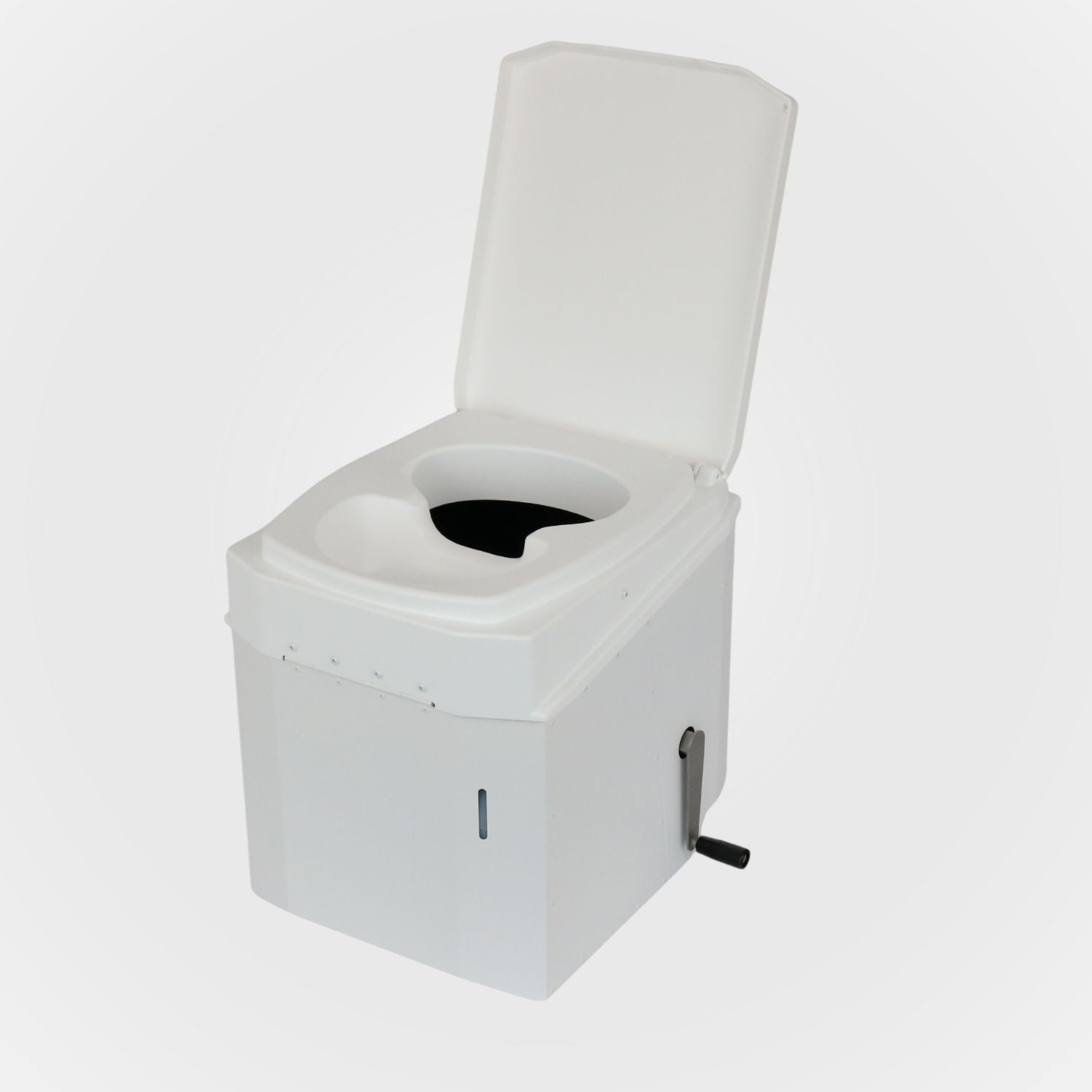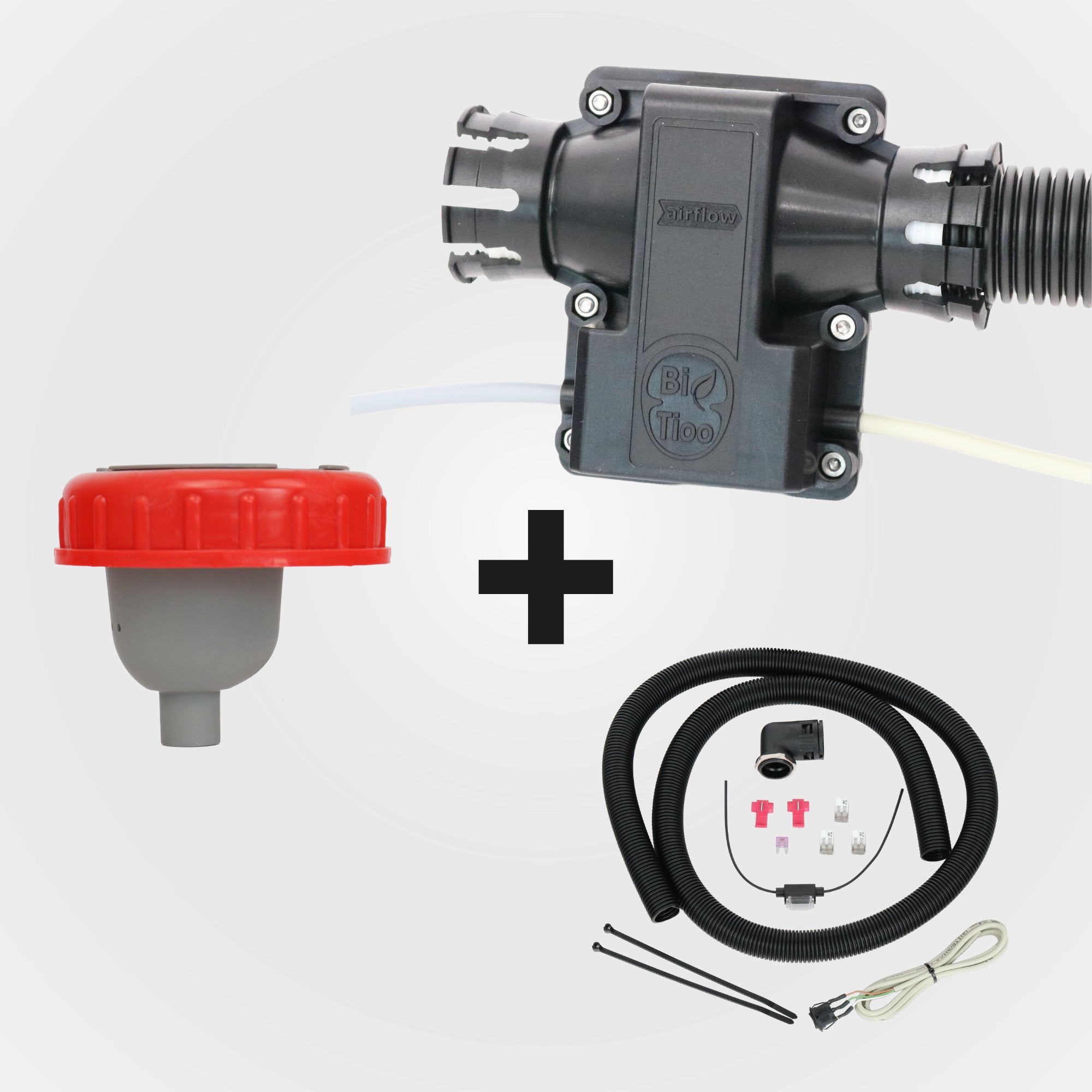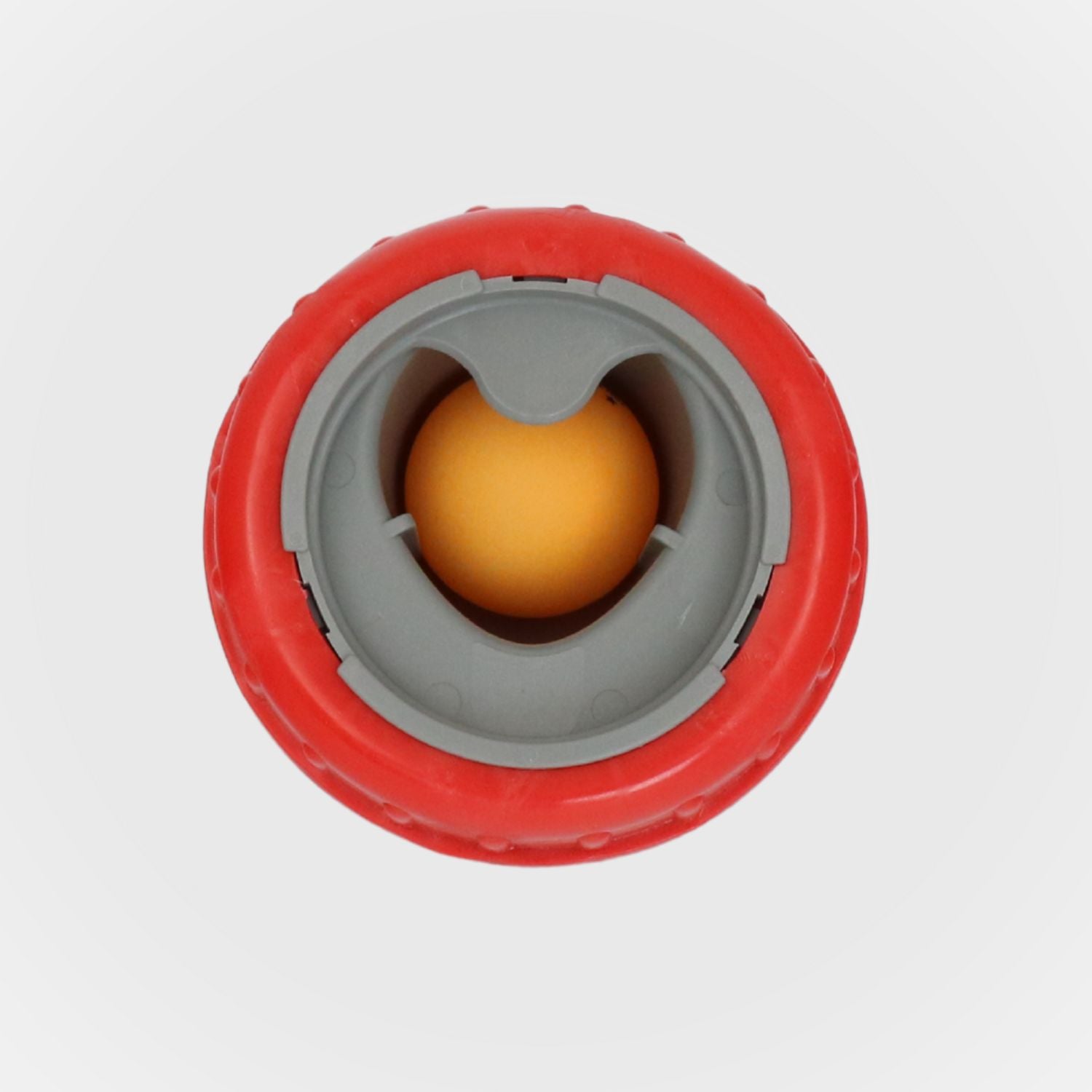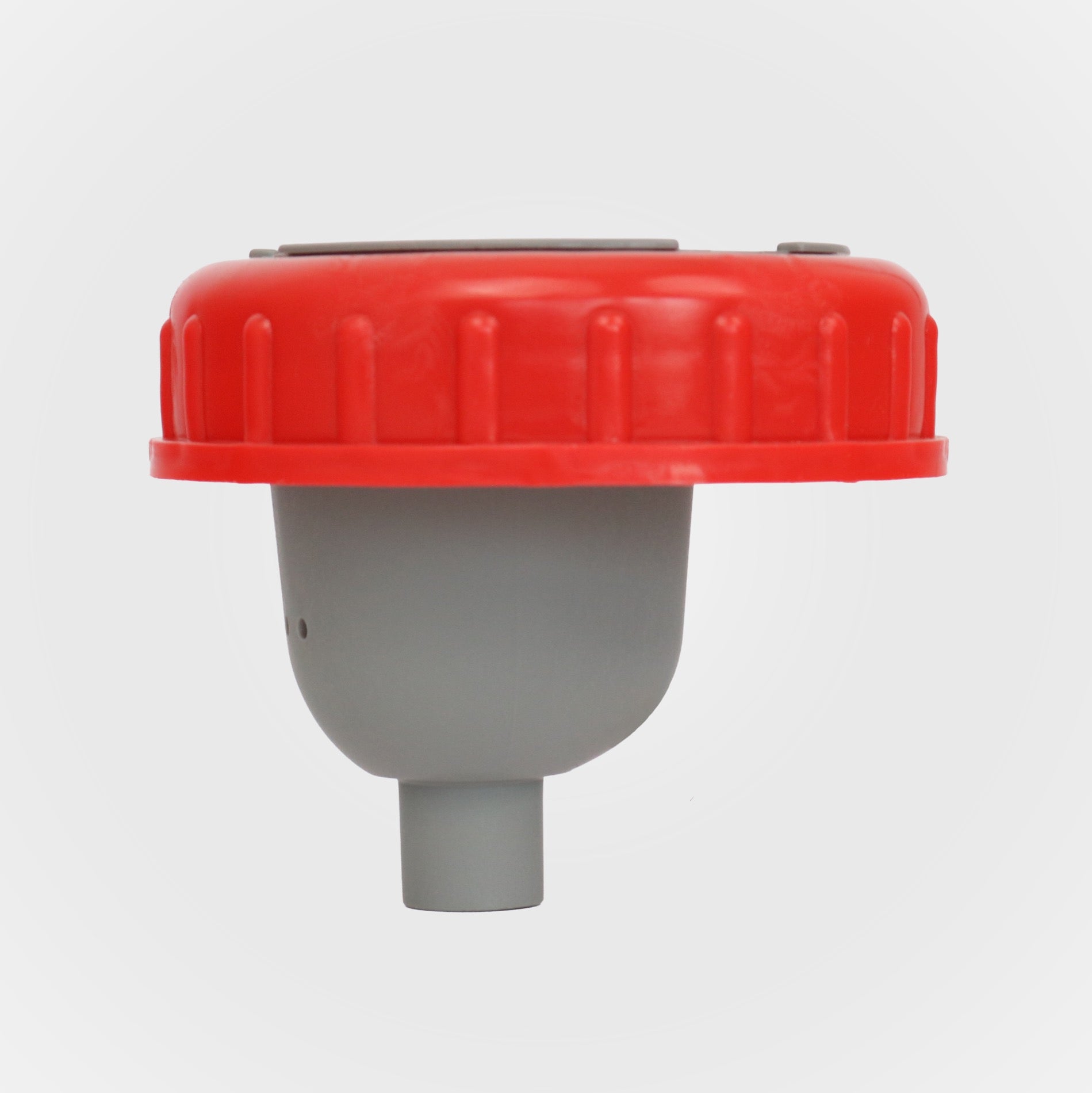Do you want stable internet everywhere in your campervan? Whether you're in the middle of Sweden, on the Atlantic coast, or in the German low mountain ranges? Then Starlink might be interesting for you. I've thoroughly researched user experiences from the vanlife community and tech forums. In this article, you'll learn what Starlink really costs, how well it works in everyday campervan life, and what you should pay attention to.
What is Starlink and how does it work?
Starlink brings internet access to remote locations. SpaceX's satellite network uses thousands of LEO (Low Earth Orbit) satellites at an altitude of approximately 550 kilometers. This typically results in download speeds between 95 and 237 Mbps with a latency of around 25 milliseconds. According to reports from the camper community, even video calls and streaming work reliably, as long as the antenna has a clear view of the sky. Convenient for campers: With the special Starlink Roam kit (also known as "Starlink Mini"), every van and motorhome owner can get internet access almost anywhere. A compact satellite dish and a small router are all you need – set it up, secure it, and you're good to go. The antenna must have a clear view of the sky (whether on the roof of the camper or on a tripod), otherwise the signal strength will decrease.
Power consumption: Classic devices vs. Starlink Mini
Especially interesting for campers: The compact Starlink Mini Kit for camper vans consumes significantly less power (only 20–40 W), making it ideal for extended van life adventures and off-grid stays. Combined with an efficient solar panel, you can easily travel independently for longer periods. A low-power option allows for even longer off-grid use. The app shows you directly whether Starlink is online or if the signal is obstructed.
Speed and performance – Is Starlink reliable?
Starlink provides reliable satellite internet specifically for campers and vanlife nomads. Speeds typically range between 50 and 250 Mbps. This usually works well for remote work, streaming, or video calls. However, there are limitations: the connection can fluctuate under dense tree cover or in bad weather.
Starlink costs at a glance: Tariffs and prices for campers
In Germany, you currently pay around €40 per month for a 50GB travel data plan. Unlimited data costs approximately €72 per month. The big advantage for campers: these plans can be cancelled monthly and offer a free pause function – ideal if your van is parked over the winter or you're taking a break between trips.
Hardware costs – What does the Starlink equipment cost?
| Hardware | Price (as of 2025) |
|---|
| Starlink Roam Kit (dish + router + cable) | approximately 199 to 299 euros |
Many users report that the setup via the app is quick and easy.
Roaming abroad – Are there hidden Starlink costs?
Starlink travel plans generally allow internet access abroad. However, there is an official two-month limit outside your home country (since 2024). Therefore, long-term trips may require multiple registration changes or switching of the service region plan. Many experienced campers report that they often use a new account and a German billing address for long-term trips within Europe. This helps keep costs down.
Practical tips for optimal use of Starlink
Mounting tips: Optimal antenna positioning
Optimal mounting of the Starlink antenna is crucial for campers: Place the antenna elevated on your motorhome roof or on a tripod to guarantee the best possible reception at all times. Important: Unobstructed view of the sky. Even a single branch can noticeably disrupt the signal.
Starlink while driving: Allowed or forbidden?
Officially, Starlink may not be used on a moving vehicle (the antenna is currently not certified for mobile use). In practice, however, some campers report that a permanently installed antenna on the roof often remains stable even while driving. This is not recommended, though, and can lead to dropped connections.
The right power supply for long periods of self-sufficiency
The best option is to use the motorhome's 12V electrical system with a suitable inverter or directly a 12V mini system. For extended use without shore power, the battery should be generously sized (e.g., >100 Ah) or an additional solar generator should be carried.
Flexible plans – Free pausing possible
If the motorhome is going to be parked for an extended period (e.g., winter storage), you can "pause" the Starlink service in the web interface. The paid month will then run its course, after which no further charges will apply.
Alternatives to Starlink – What to do if there is no signal?
Starlink is not optimal or permitted everywhere. Therefore, you should always have a mobile network solution as well. Many campers rely on a mobile LTE/5G router as a backup. Devices like the Netgear Nighthawk are particularly popular. With one of these, you can quickly regain internet access in cities or along well-developed mobile network lines. Furthermore, other projects like OneWeb (enterprise satellites) or Kuiper (planned by Amazon) are showing initial promise, but currently Starlink is the only nationwide satellite internet solution for recreational vehicles.
Vanlife practical tips for Starlink users
Vanlife experts recommend always carrying a backup mobile router. This way, you'll always have a plan B if you park under dense trees or the sky is heavily overcast. Combined with a reliable solar system and an efficient power supply, nothing will stand in the way of your self-sufficient vanlife adventure.
Advantages vs. disadvantages of Starlink – at a glance
Advantages:
- Worldwide coverage (over 100 markets), unlimited data volume in the flat rate, comparatively low latency (good for video calls).
- No download limit when streaming.
- Mobile and flexible, as no cable or fixed location is needed.
Disadvantages:
- Relatively high power consumption (50–75 W), therefore additional battery operation is necessary.
- Dependence on unobstructed view: Shadows cast by trees/houses block the signal.
- It is not (yet) officially approved for use while driving.
- Acquisition costs for hardware.
Self-sufficient on the go – Additions to the Starlink setup
Those who travel independently without grid connections often also prioritize self-sufficiency when it comes to energy and sanitation. Our recommendation: Combine Starlink with solar and battery systems. Furthermore, the BioTioo 2.0 dry composting toilet enables odor-free disposal anywhere. The BioTioo 2.0 is compact and specifically designed for campers : It separates solids and liquids, requires no chemicals, and doesn't need to be connected to a sewer system. This ensures that internet access (via Starlink) and hygiene (via BioTioo) remain operational regardless of the power and water grid. (More information and purchasing options can be found on our product page.)


